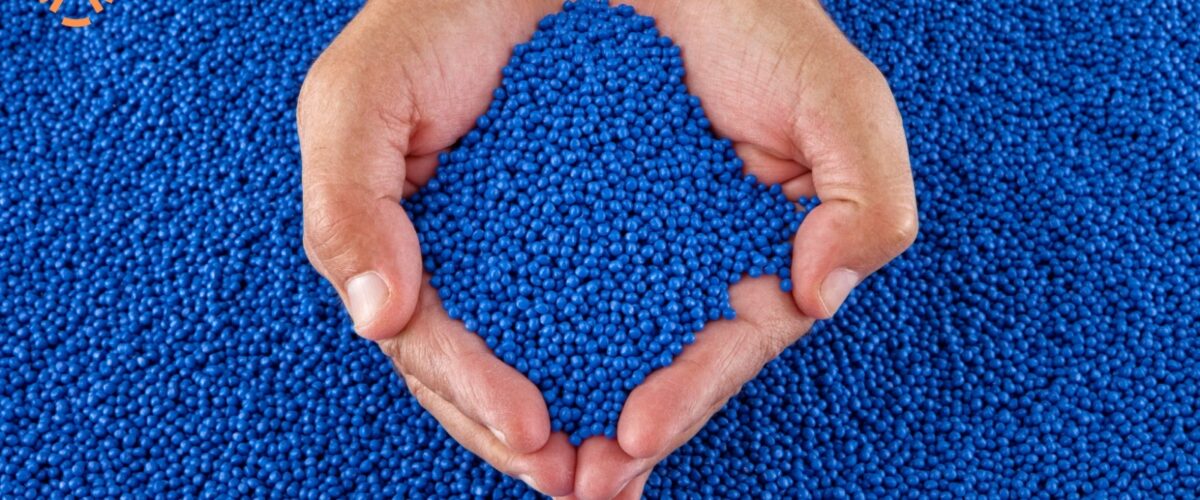ABS Compounds: Revolutionizing Industries with Advanced Plastic Solutions
Introduction
In the dynamic landscape of industrial materials, ABS compounds stand out as versatile and high-performing thermoplastics. Their unique properties and wide-ranging applications make them indispensable in various industries. Let’s delve into the world of ABS compounds, exploring their composition, applications, benefits, and future prospects.
Define ABS Compounds
ABS (Acrylonitrile Butadiene Styrene) compounds are a type of thermoplastic polymer known for their exceptional strength, rigidity, and impact resistance. They are composed of three main monomers: acrylonitrile, butadiene, and styrene.
Relevance and Importance
ABS compounds play a crucial role in modern manufacturing, offering a balance of mechanical properties and processability. From automotive components to consumer electronics, ABS materials are ubiquitous in numerous applications, driving innovation and efficiency.
Types and Categories
Virgin ABS
Virgin ABS refers to pure ABS resin without any recycled content. It offers superior mechanical properties and surface finish, making it ideal for demanding applications where quality is paramount.
Recycled ABS
Recycled ABS is derived from post-consumer or post-industrial sources, reducing environmental impact and promoting sustainability. While recycled ABS may exhibit slightly lower mechanical properties, it provides a cost-effective solution for non-critical applications.
ABS Blends
ABS blends combine ABS resin with other polymers or additives to enhance specific properties such as flame resistance, UV stability, or chemical resistance. These blends offer tailored solutions for diverse application requirements.
Symptoms and Signs
Excellent Impact Strength
One of the hallmark features of ABS compounds is their exceptional impact strength, making them resistant to sudden shocks or collisions. This property ensures the durability and longevity of products in demanding environments.
High Rigidity
ABS materials exhibit high rigidity, providing structural integrity and stability to manufactured components. This stiffness is crucial in applications where dimensional accuracy and stability are paramount, such as automotive parts and electronic housings.
Good Heat Resistance
ABS compounds demonstrate good heat resistance, allowing them to withstand elevated temperatures without significant deformation or degradation. This thermal stability expands their utility in various industrial processes and environments.
Causes and Risk Factors
Composition
The composition of ABS compounds, comprising acrylonitrile, butadiene, and styrene monomers, contributes to their unique combination of properties. Each monomer imparts specific characteristics to the final material, resulting in a balanced blend of strength, toughness, and processability.
Manufacturing Process
The manufacturing process of ABS compounds involves polymerization of the constituent monomers followed by compounding and shaping. Variations in processing parameters can affect the final properties of the material, highlighting the importance of precise control and optimization.
Environmental Factors
Environmental factors such as exposure to UV radiation, temperature fluctuations, and chemical exposure can impact the performance and longevity of ABS materials. Proper selection and formulation of ABS compounds mitigate these risks, ensuring reliable performance in diverse conditions.
Diagnosis and Tests
Mechanical Testing
Mechanical testing methods such as tensile testing, impact testing, and flexural testing evaluate the mechanical properties of ABS compounds. These tests provide valuable insights into strength, stiffness, toughness, and other performance parameters.
Thermal Analysis
Thermal analysis techniques such as differential scanning calorimetry (DSC) and thermogravimetric analysis (TGA) assess the thermal behavior and stability of ABS materials. Understanding thermal properties is crucial for determining application suitability and processing conditions.
Chemical Compatibility Testing
Chemical compatibility testing evaluates the resistance of ABS compounds to various chemicals, solvents, and environmental exposures. This testing ensures compatibility with intended end-use environments and prevents premature degradation or failure.
Treatment Options
Injection Molding
Injection molding is the most common manufacturing process for ABS compounds, offering high efficiency, precision, and scalability. It involves injecting molten ABS resin into a mold cavity, where it solidifies to form the desired shape.
Extrusion
Extrusion processes such as profile extrusion and sheet extrusion fabricate ABS components with continuous cross-sectional profiles or flat sheets. Extrusion is suitable for producing long, uniform parts with consistent mechanical properties.
3D Printing
3D printing, also known as additive manufacturing, enables the direct fabrication of complex ABS parts layer by layer. This rapid prototyping technology facilitates design iteration and customization, accelerating product development cycles.
Preventive Measures
Material Selection
Choosing the appropriate grade of ABS compound based on application requirements is critical for achieving optimal performance and longevity. Factors such as mechanical properties, thermal stability, and chemical resistance should be carefully considered.
Design Optimization
Designing components with proper geometry, wall thickness, and reinforcement features maximizes the structural integrity and performance of ABS parts. Finite element analysis (FEA) and mold flow simulation aid in optimizing part design for manufacturability and performance.
Surface Protection
Applying surface treatments such as coatings, plating, or encapsulation enhances the durability and corrosion resistance of ABS components. These protective measures prolong service life and maintain aesthetic appeal in challenging environments.
Personal Stories or Case Studies
Automotive Industry Application
In the automotive industry, ABS compounds are widely used for interior and exterior components, including dashboards, trim panels, and bumper fascias. Their excellent impact resistance and surface finish ensure durability and aesthetics in demanding automotive environments.
Electronics Enclosures
ABS materials serve as the go-to choice for electronic enclosures and housings due to their electrical insulation properties, dimensional stability, and ease of customization. From consumer electronics to industrial control panels, ABS enclosures protect sensitive electronics while offering design flexibility.
Expert Insights
Dr. Linda Chen, Materials Scientist
“ABS compounds represent a remarkable synergy of polymer chemistry and engineering. Their versatility and performance make them indispensable in countless industrial applications, driving innovation and efficiency.”
Conclusion
In conclusion, ABS compounds stand as a testament to the transformative power of advanced materials in modern manufacturing. From automotive to electronics, their versatility, durability, and processability enable innovation and progress across industries. By understanding their properties, applications, and potential, we can harness the full capabilities of ABS compounds for a brighter future.
Written by Emir Narin

